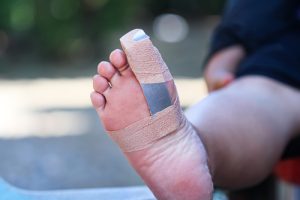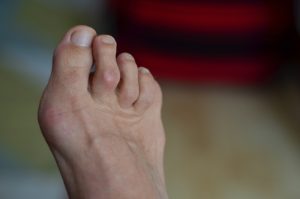Blue-light Filtering Glasses: Unmasking the True Impact on Eyes and Sleep
Recent research suggests that blue-light filtering lenses, also known as blue-blocking glasses, may not be the panacea for digital eye strain they’re often promoted as. A comprehensive study dives into the potential benefits and drawbacks of these lenses.
A Deep Dive into Blue-light Glasses
The University of Melbourne, in collaboration with other prominent institutions, undertook a detailed review of blue-light filtering lenses. Their investigation was grounded in 17 randomised controlled trials, incorporating findings from 619 participants spread across six countries.
“We found there may be no short-term advantages with using blue-light filtering spectacle lenses to reduce eye strain associated with computer use, compared to non-blue-light filtering lenses,” said Associate Professor Laura Downie, a key researcher from the University of Melbourne involved in the study.
The Key Findings
A noteworthy revelation from the Cochrane Review was that blue-light filtering gkasses might not significantly reduce visual fatigue associated with computer use in the short term. The evidence also indicated a possible lack of impact on best-corrected visual acuity (BCVA) when compared with non-blue-light filtering lenses.
These conclusions have significant implications. They challenge the widely held belief that blue-light filtering lenses can serve as a protective barrier against the potential adverse effects of prolonged screen exposure.
“It is also currently unclear whether these lenses affect vision quality or sleep-related outcomes, and no conclusions could be drawn about any potential effects on retinal health in the longer term,” Associate Professor Downie further explained.
What About Sleep?
The impact of these lenses on sleep quality remains a debated topic. The review presented mixed results. Some trials indicated improved sleep scores with blue-light filtering lenses, while others found no significant difference when compared to their non-filtering counterparts. It’s essential to consider the varying populations and lack of quantitative data across these studies when interpreting these findings.
Adverse Effects to Consider
It’s worth noting that while blue-light filtering lenses may not offer the benefits many hope for, they also don’t seem to have many severe adverse effects. Some reported side effects included headache, increased depressive symptoms, and discomfort wearing the glasses. However, these effects were not always attributed directly to the lenses, but rather to the glasses in general.
The Path Forward: More Research Needed
Despite the extensive research, many questions about blue-light filtering lenses remain unanswered. There was a noticeable absence of evidence relating to outcomes like contrast sensitivity, colour discrimination, discomfort glare, and overall patient visual satisfaction. The call for high-quality, larger-scale trials is evident. Such studies would offer a clearer understanding of the true impact of these lenses.
What We’ve Uncovered
While blue-light filtering lenses might not be the magic bullet for screen-induced eye strain, they don’t seem to cause significant harm either. It’s clear that as our reliance on digital devices grows, so too will the research and debates surrounding the best protective measures.
References
- Singh S, Keller PR, Busija L, McMillan P, Makrai E, Lawrenson JG, Hull CC, Downie LE. Blue‐light filtering spectacle lenses for visual performance, sleep, and macular health in adults. Cochrane Database of Systematic Reviews 2023, Issue 8. Art. No.: CD013244. DOI: 10.1002/14651858.CD013244.pub2.
- Blue-light blocking lenses: marketing claims unsupported by clinical evidence, review finds. (2023, August 18). Newsroom. https://www.unimelb.edu.au/newsroom/news/2023/august/blue-light-blocking-lenses-marketing-claims-unsupported-by-clinical-evidence,-review-finds













